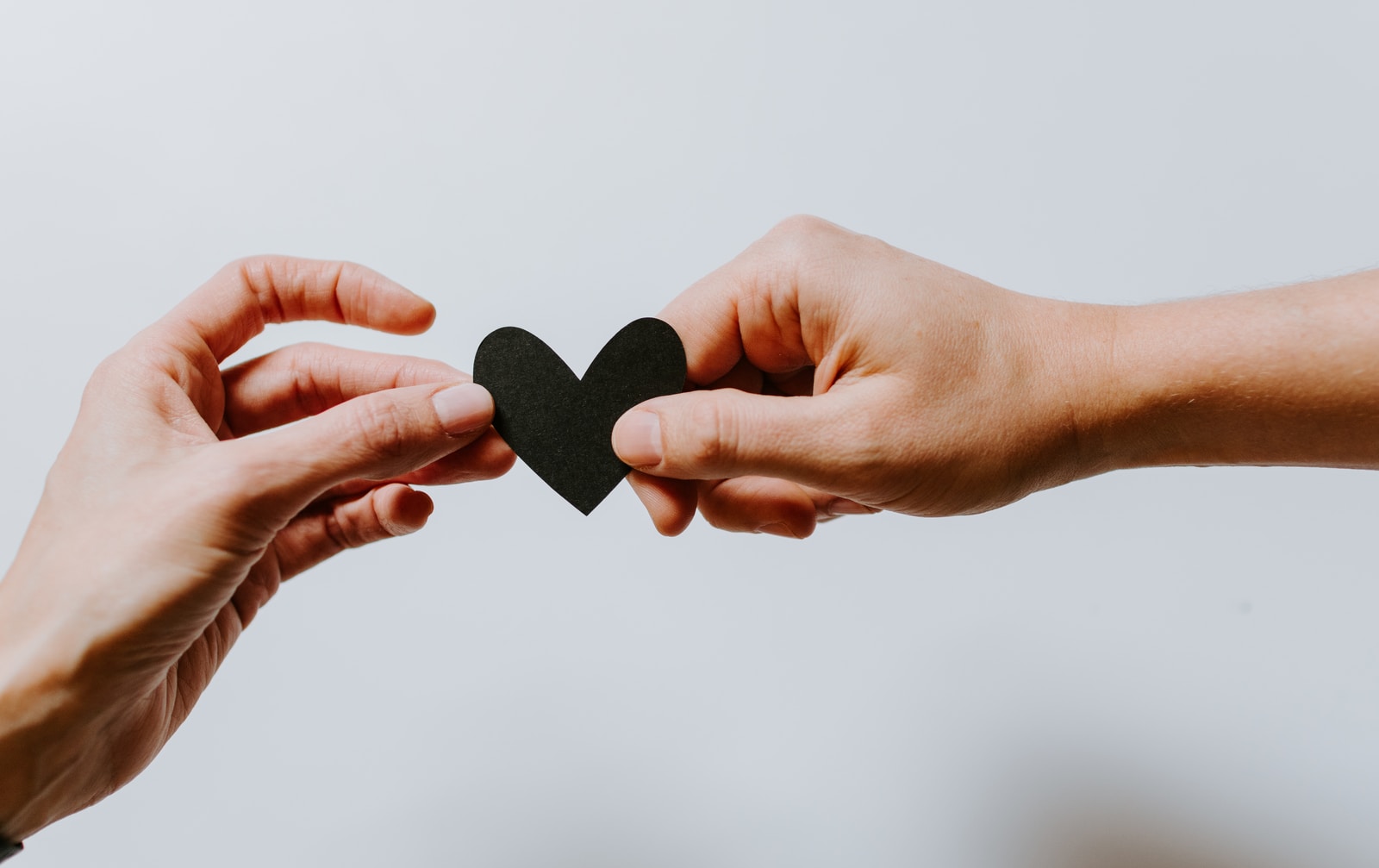Ever since the pandemic hit, the importance of boundaries in everyday life has become more prominent than ever before. Think about how confusing it was for one household to turn into an office space, a classroom, a place for rest and relaxation while simultaneously becoming a gym, a restaurant, a boardroom, and a bedroom. What helped with organizing this chaos into a liveable life with structure and balance in a post-covid world? Boundaries.
Just as space needs to be organized, rooms need to be separated if not with walls then with time and purpose, relationships need similar care as well. The best way to make sure that our most intimate relationships don’t turn into sites of chaos and confusion is to draw adequate boundaries!
Why do we need boundaries?
The answer is very simple, in any relationship, there are a set of expectations. For example, your friend would like to be treated a certain way by you and vice versa. To ensure that these expectations are met, they have to be reasonable in the first place. Boundaries serve as a way of creating reasonable expectations to avoid disappointment, confrontation, and unpleasantness. They also ensure that neither party in a relationship has to make disproportionate efforts to feed and fuel the connection and that the relationship itself is between equals and not a one-sided pursuit. Setting personal boundaries helps to avoid the risk of emotional burnout.
Where do we begin with setting boundaries?
Boundary setting itself is not an individual process, it has to be two-sided as we must also be prepared to respect other people’s boundaries if we expect others to respect ours. This realization is crucial to setting good personal boundaries– our boundaries have to be fluid and cannot be so rigid that they do not allow for anyone else’s requirements, they have to be well balanced between being flexible and yet being firm, they have to value both your wellbeing and that of other people involved.
Start with thinking about what are the things in a relationship that you actively want and do not want, what are the aberrations you are willing to tolerate and when are you willing to make exceptions! Having a clear idea of this in your head is already a great structure to work with! Communicate these thoughts to your partner, your friends, whoever you wish to set boundaries with, and make sure you have a clear idea of what your plan of action will be if one or more of these boundaries have been violated.
There is no set pattern that works for everyone so you will have to decide what works for you. Some people choose to be more flexible and have loosely defined personal boundaries, others are more particular about their preferences, while there may be people who set different types of boundaries for different types of relationships. Starting this process by being honest with yourself about your expectations and limitations is a great way to create a unique set of boundaries that cater specifically to your needs!
Final Thoughts:
Boundaries don’t necessarily have to be restrictive, think of them as do-s and don’t-s, not just don’t-s! With your idea of boundaries, you can encourage certain aspects of your relationships that you mutually enjoy and benefit from and discourage aspects that drive discontent or chaos! Remember to constantly check in with yourself and the evolving nature of your relationships and try to keep your boundaries in tune with change! It may sound like a lot of work, but it is as simple as responding to your inner needs and prioritizing those over the prospect of burnout! Try to make boundary-setting a collaborative process in your relationships instead of starting this reflective process entirely alone. There are many ways to explore boundaries and healthy personal boundaries will fill your life up with compassion, empathy, and emotional satisfaction from your relationships!














